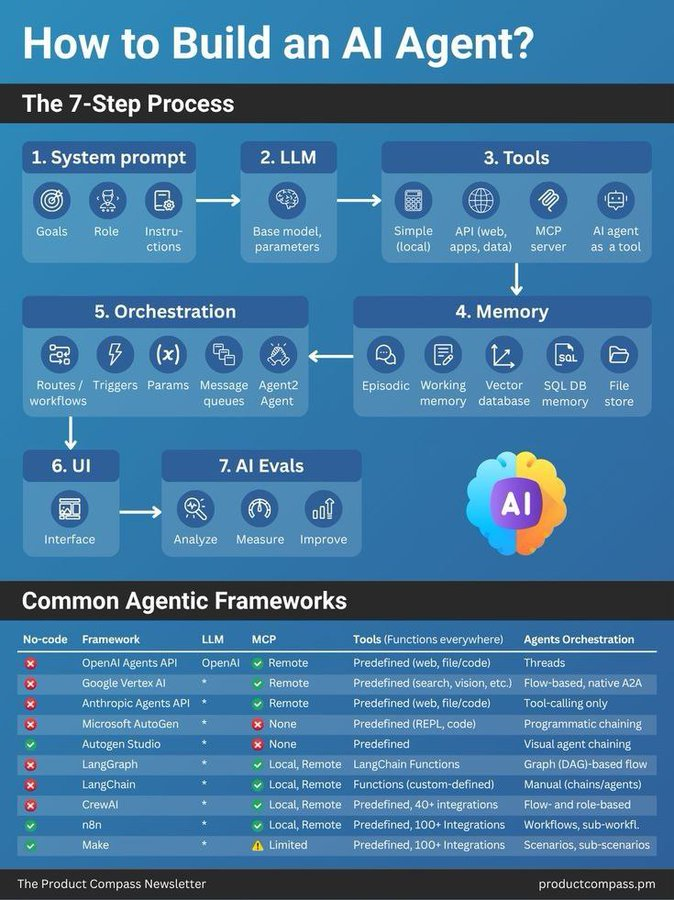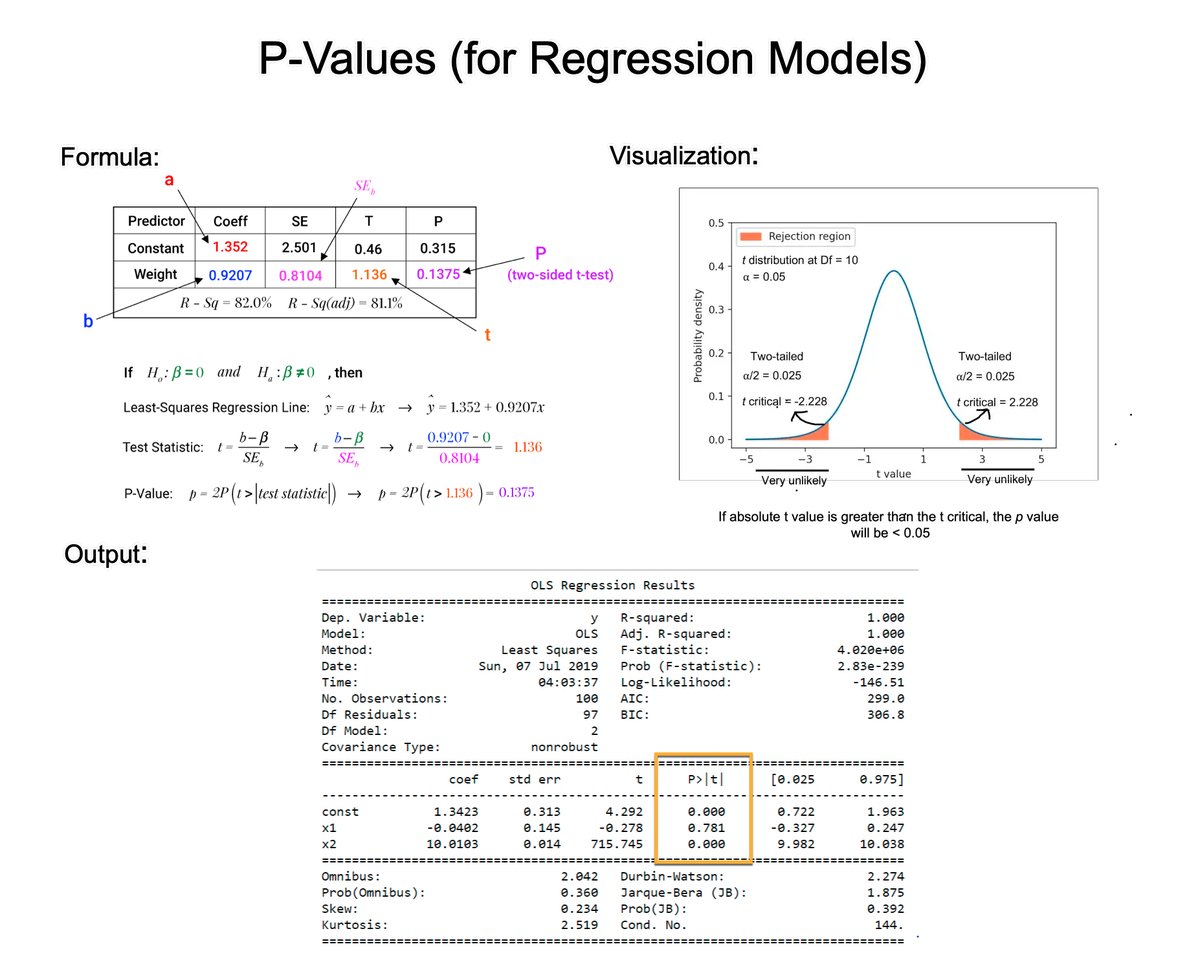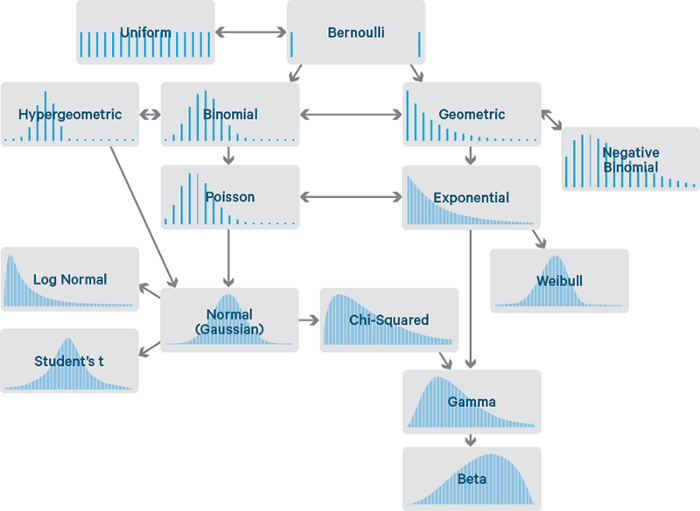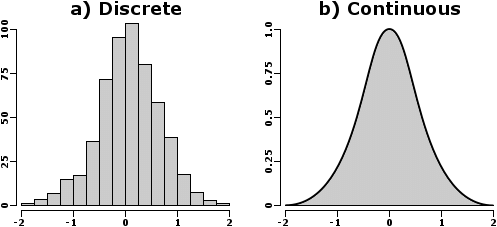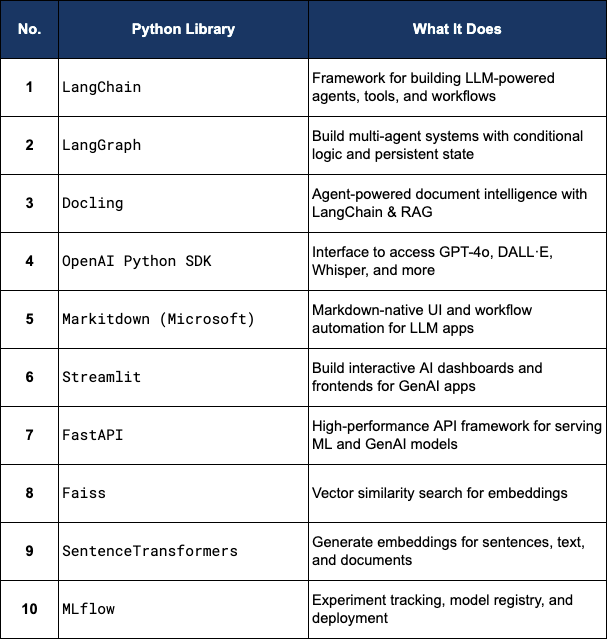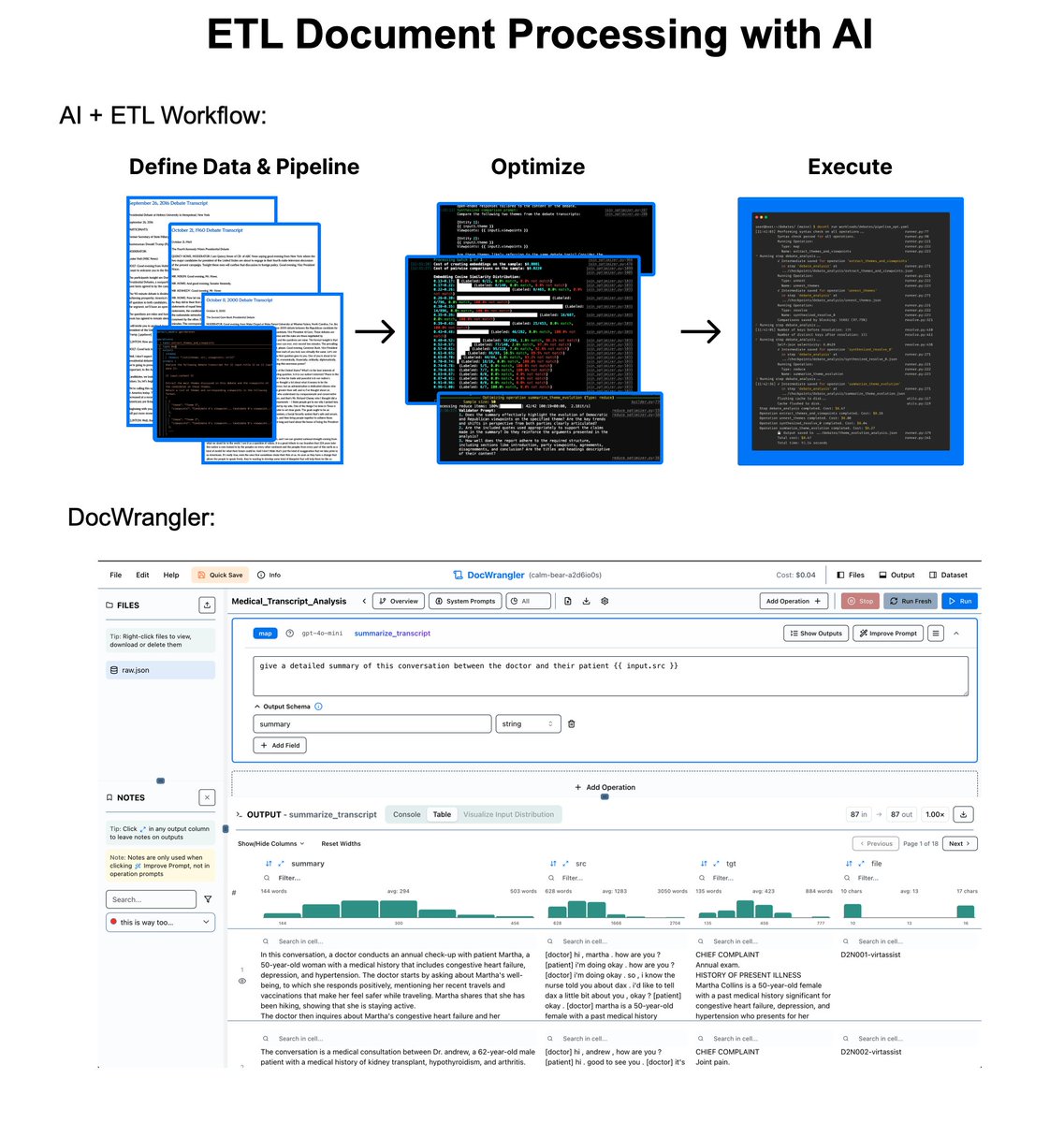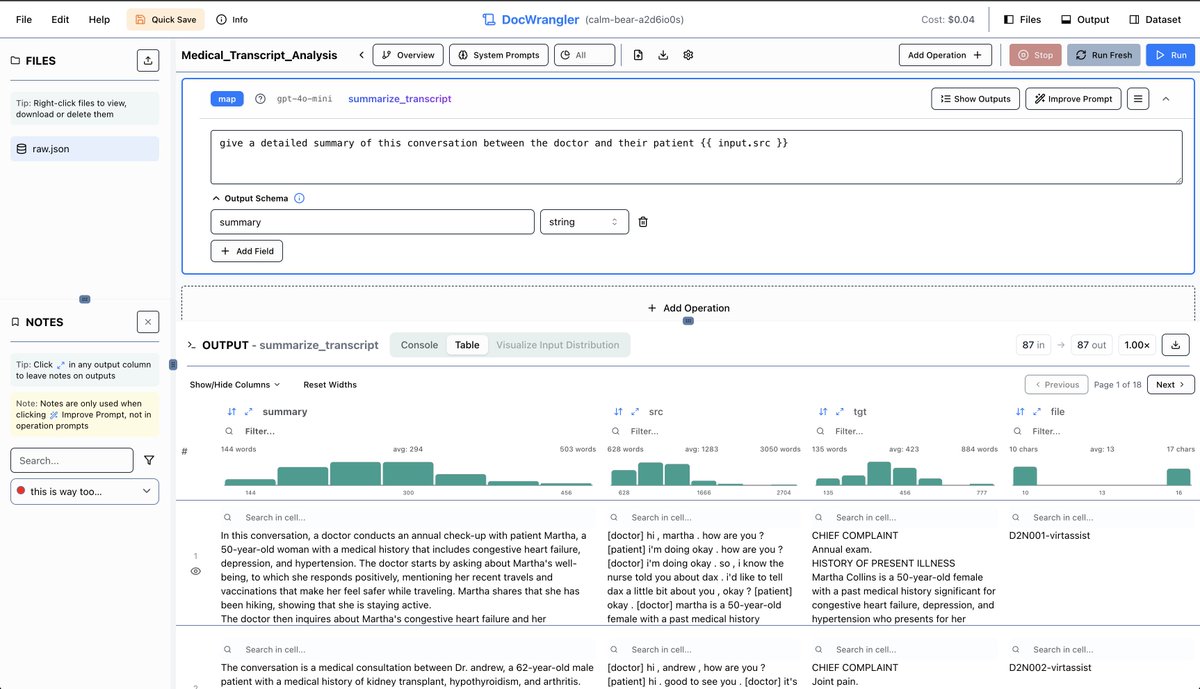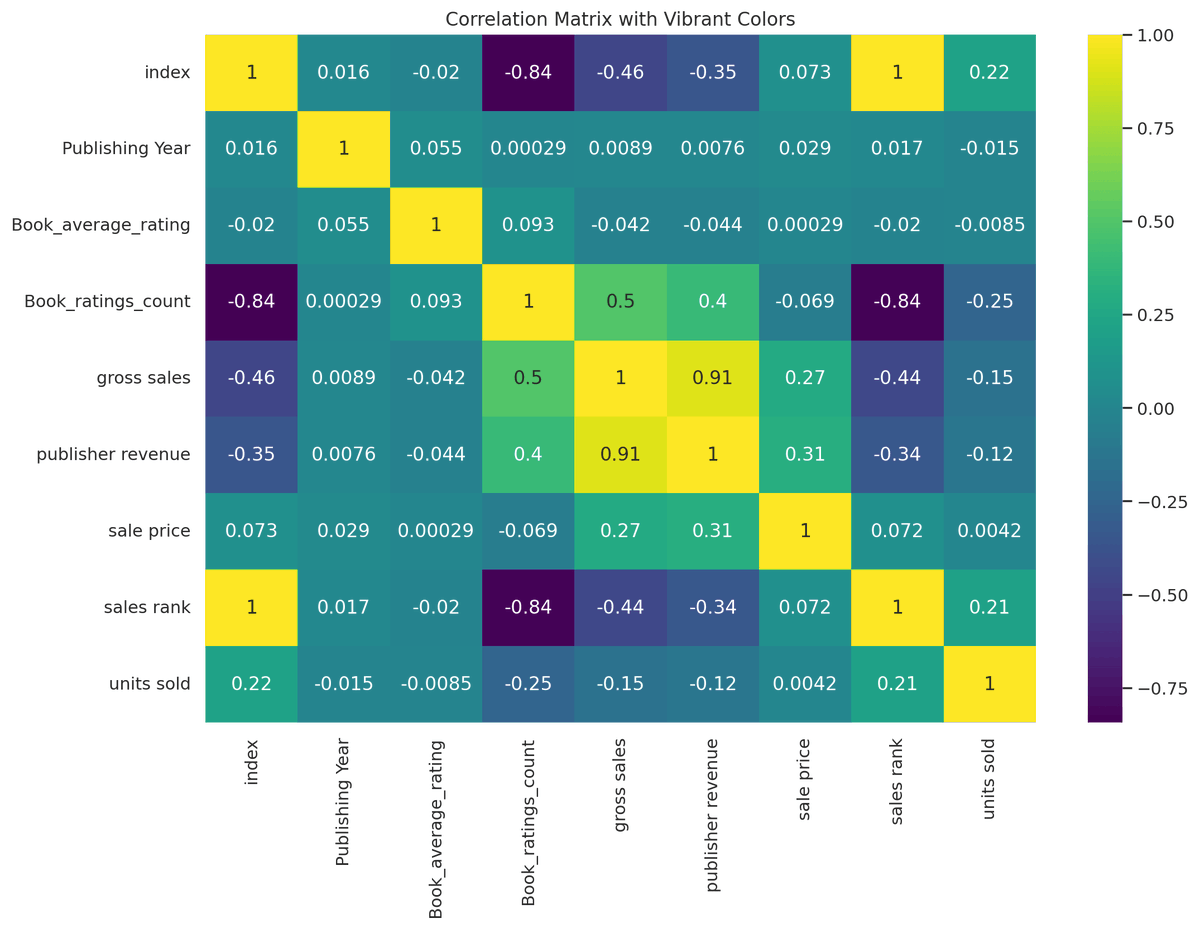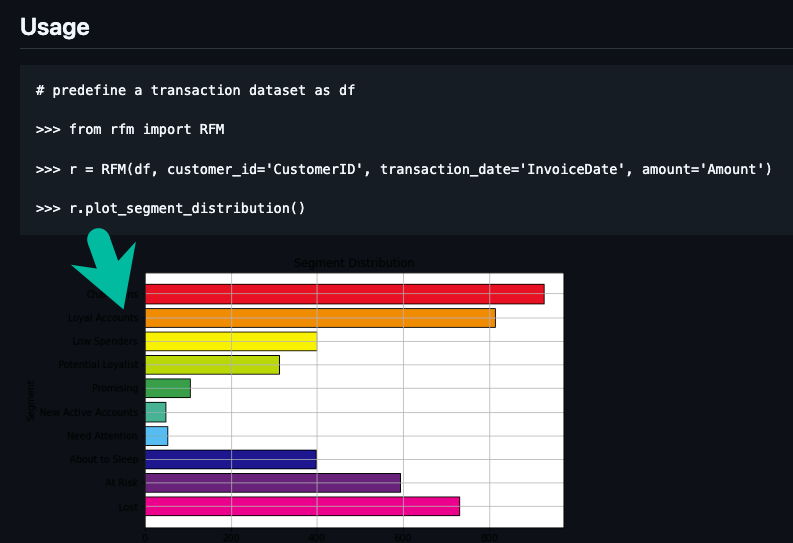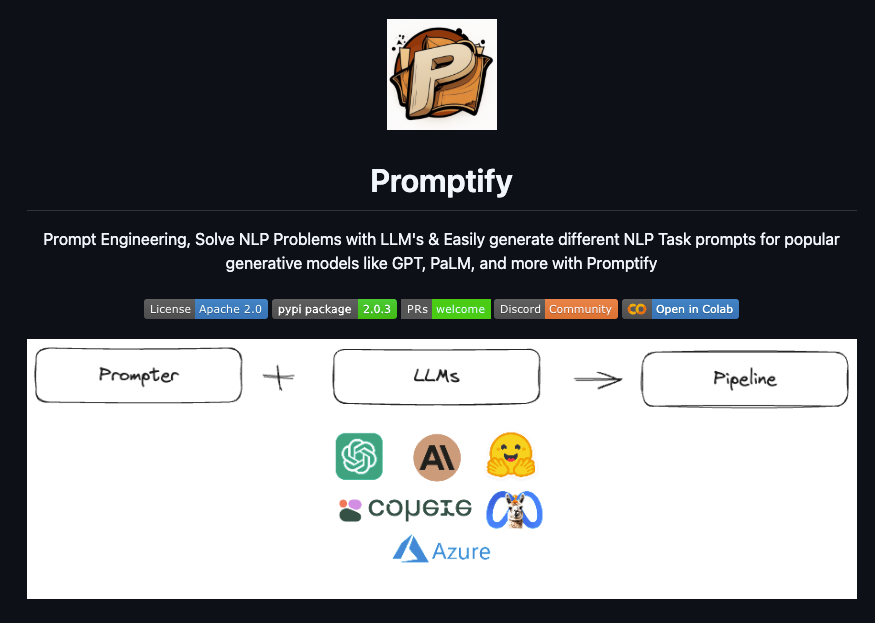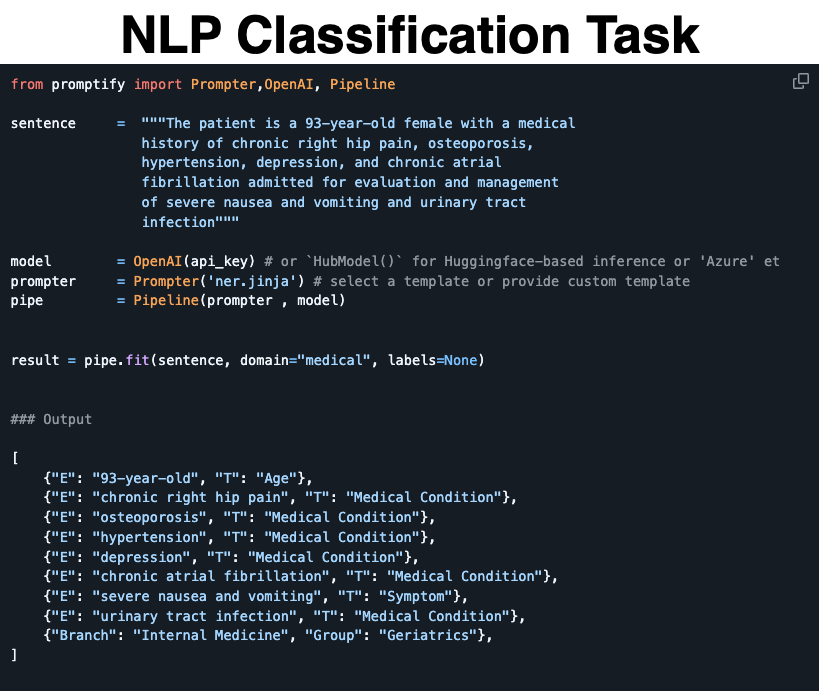1️⃣ System Prompt: Define your agent’s role, capabilities, and boundaries. This gives your agent the necessary context.
2️⃣ LLM (Large Language Model): Choose the engine. GPT-5, Claude, Mistral, or an open-source model — pick based on reasoning needs, latency, and cost.
2️⃣ LLM (Large Language Model): Choose the engine. GPT-5, Claude, Mistral, or an open-source model — pick based on reasoning needs, latency, and cost.
3️⃣ Tools - Equip your agent with tools: API access, code interpreters, database queries, web search, etc. More tools = more utility. Max 20.
4️⃣ Orchestration: Use frameworks (like LangChain, AutoGen, CrewAI) to manage reasoning, task decomposition, and multi-agent collaboration.
4️⃣ Orchestration: Use frameworks (like LangChain, AutoGen, CrewAI) to manage reasoning, task decomposition, and multi-agent collaboration.
5️⃣ Memory: Implement both short-term (context window) and long-term memory (Vector DBs like Pinecone, Weaviate, Chroma).
6️⃣ UI (User Interface): Design an intuitive chat UI or business automation workflow interface that enables smooth interaction with your agent (and automated actions).
6️⃣ UI (User Interface): Design an intuitive chat UI or business automation workflow interface that enables smooth interaction with your agent (and automated actions).
7️⃣ AI Evals: Test your agent's performance with real-world tasks. Use tools like TruLens, Rebuff, or custom evals to measure effectiveness, reliability, and safety.
I have one more thing before you go.
If you want to become a generative AI data scientist in 2025 ($200,000 career), then I'd like to help:
I have one more thing before you go.
If you want to become a generative AI data scientist in 2025 ($200,000 career), then I'd like to help:
On Wednesday, October 29th, I'm sharing one of my best AI Projects:

How I built an AI Customer Segmentation Agent with Python
👉Register here (740+ Registered): learn.business-science.io/ai-register

How I built an AI Customer Segmentation Agent with Python
👉Register here (740+ Registered): learn.business-science.io/ai-register
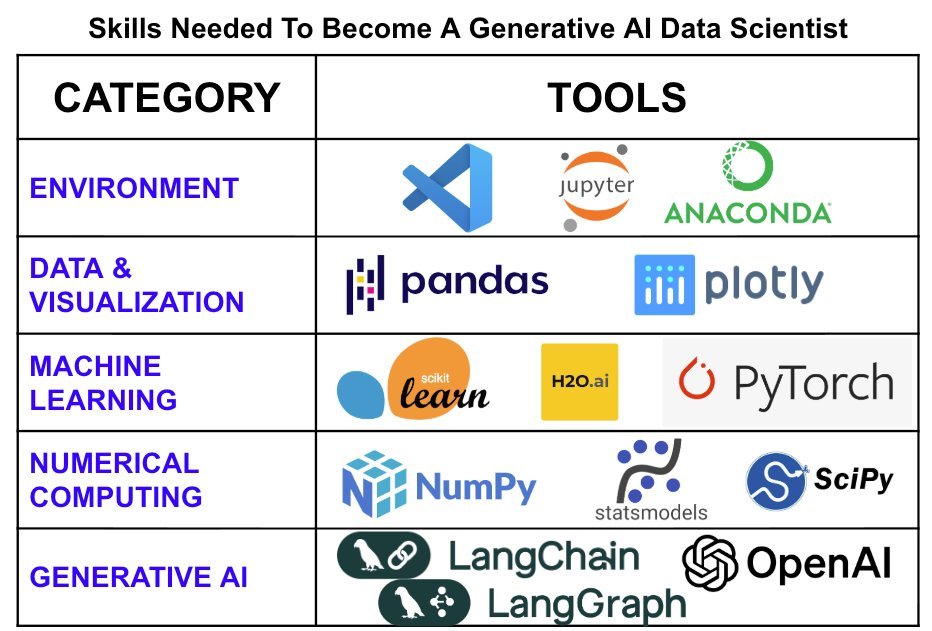
That's a wrap! Over the next 24 days, I'm sharing the 24 concepts that helped me become a data scientist.
If you enjoyed this thread:
1. Follow me @mdancho84 for more of these
2. RT the tweet below to share this thread with your audience
If you enjoyed this thread:
1. Follow me @mdancho84 for more of these
2. RT the tweet below to share this thread with your audience
https://twitter.com/815555071517872128/status/1980960662873338218
• • •
Missing some Tweet in this thread? You can try to
force a refresh

